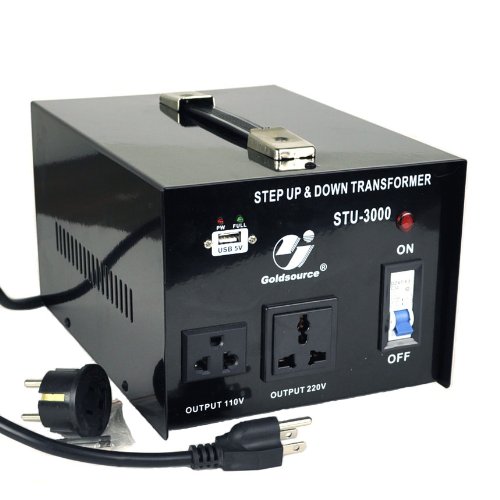As energy costs continue to soar, many of us are looking for ways to lower electric bills. Also, as more and more of us are becoming conscious of the environment, we would like to find ways to save power simply to reduce damage power consumption does to the environment. The good news is that there are many ways to reduce electric bills and save power.
First, consider the obvious ways to lower electric bill totals in your home. For instance, if you are not in a room, turn off the light. Turning off a light in your home will save hundreds of watts of power consumption each day. Also, eliminate any lights that are not really needed in your home.
Another way to reduce electric bill amounts for your household is to raise the temperature on your thermostat when the air conditioner is running. In the winter, lower the temperature if your heat is electric. This will cause the air conditioner and furnace to run less often, thus saving you money on your electric bill. Statistics show that every degree you change the temperature will create up to a 3% change in energy costs. A couple of degrees will not likely change how comfortable you feel in your home, but they will make a big difference in your attempt to save power.
Now, there are also some helpful devices you can use to save power in your home. First, replace your incandescent light bulbs with the compact fluorescent bulbs you have been seeing. Yes, these bulbs cost a lot more than their incandescent counterparts, but they also last much, much longer. In fact, they last around 10 to 13 times longer than regular light bulbs. Additionally, they use around 1/3 as much electricity as regular bulbs. They will easily pay for themselves over a year as you notice that they reduce electric bill totals each month that you use them.
Another device you can install in your home to save power is the Power Save 1200. The Power Save 1200 will lower electric bill amounts by reducing the amount of power that is wasted by some of the appliances in your home. Many appliances, such as air conditioners, freezers, washer, vacuums, and fans, use inductive motors. These motors ask for electricity from the transformer every time they need to run. This process creates heat in the motors and the wiring. This heat is actually wasted energy, because it is created by electricity. The Power Save 1200 will store electricity in the home and release it to these motors when they are ready to run. This eliminates the heat in the motors and the wires, which can reduce electric bill totals as much as 25%.
Another device to use to save power is an electronic thermostat. How many times have you left home, only to remember that you forgot to turn the thermostat down or up, depending on the season? An electronic thermostat can be preprogrammed to change the temperature after you have left for work, and then change it again just before you come home. Also, it can lower or raise the temperature after you have gone to sleep at night, and then change it back around the time you need to wake up. This will save you substantial amounts of power by not wasting energy on heating or cooling your home when you do not need it to be heated or cooled.
While we are all facing higher electric bills than ever before, being proactive and taking these steps to save power can help. You can reduce electric bill amounts by utilizing a little common sense and a few new pieces of technology. The ability to save money and power is there, but it's up to you to do something about it in your home.
 | Price : $74.39
| Price : $74.39


 Great Deal : $59.50Date Created :Apr 21, 2011 22:03:05
Great Deal : $59.50Date Created :Apr 21, 2011 22:03:05







